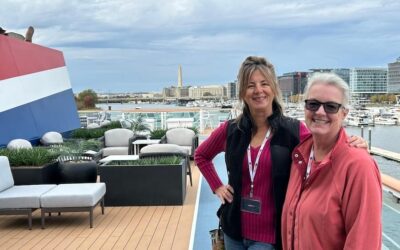By Ted Scull.
In the aftermath of two cruise-ship visits to St. Petersburg, my wife and I longed to plunge deeper into Mother Russia. While I had visited and stayed in several Black Sea ports, I had not traveled inland since the Soviet era, and my wife had never been beyond fringes of St. Petersburg.
As we had so enjoyed an earlier cruise on the Danube from Budapest to the Black Sea with Viking River Cruises, we decided to book its 13-day “Waterways of the Czars” from St. Petersburg to Moscow — via a highly complex waterway made up of several rivers and canals, numerous locks, three lakes and a reservoir. The riverboat would serve as our hotel for three nights in both cities and in between convey us through the countryside making stops along the way.
We arrived in St. Petersburg by Russian train from Helsinki, a most comfortable seven-hour journey passing through deep forests and farmland, and at a fraction of the cost of flying.
As we exited St. Petersburg’s Finland Station in a reversed car with drive, the locomotive that had brought V. I. Lenin from Helsinki to Russia to stage the 1917 revolution was on display at the end of the platforms. The drive down the Neva River to the ship took about 30 minutes.
Embarking at St. Petersburg
While Viking Surkov is the line’s marketing name for our handsome conveyance, the Cyrillic letters on the bow and stern read Alexei Surkov, named for a Russian poet who lived between 1899 and 1983. A year after his death the riverboat bearing his name was completed in an East German shipyard, one of a large class measuring 423 feet in length. She takes up to 210 passengers and a Russian and Filipino crew of 114 at 15 miles per hour. Since our cruise, the vessel has been renamed.
The cabins, all outside, and most with picture windows that open, are arranged on three of the four passenger decks. Categories A through D, the bulk of the accommodations, measure a generous 161 square feet. Our cabin included a bathroom with stall shower and a 26-inch flat-screen TV
The highest Sun Deck held the Sky Bar, a big-window lounge with both conversational seating and chairs lined up in rows for briefings, the enrichment program and screening films. During the mornings and afternoons while cruising, one of the six traveling guides presented a lecture on the Romanovs, Russian Revolution, Stalin era, Cold War, Russia today, or the Russian language.
Aft on Sun Deck has seating around tables under cover, while deck chairs with attached sun canopies are set out in the open.
The cheerful forward-facing Panorama Lounge on Upper Deck is furnished with chairs, square tables and a sit-up bar for six. It serves as an ideal room for watching the passing scene in cool or inclement weather and offers a daily afternoon tea.
A wraparound deck on this same level and a narrower version one deck down have comfy chairs for sightseeing and a path for constitutional walks.
Main Deck has two stairway lounges, the forward one by the reception, and a centerline amidships lounge cum library. Free Internet access is offered, and passengers proved polite about sharing the facilities.
Coffee, tea, and water were always available near the entrance to the dining room, and early breakfast pastries were on offer from 6:30am.
The dining room, with open seating, helped us meet lots of different people, occasionally making dinner dates in advance. On some evenings, we opted for a quiet table for two. Australians and British came close to equaling the number of Americans and Canadians, with a few South Africans and New Zealanders added to the English-speaking mix.
Breakfast and lunch were buffets, and dinner was served from a menu. The lunch buffets were the most creative and varied with ever-changing salad choices and themed hot entrees – Italian, French, Mexican, and Indian. Overall, dinners were good and varied, though not necessarily memorable, with the exceptions being the soups, tasty breast of duck and beef stroganoff. Dress was casual at all times, and a few men put on jackets for the captain’s reception. The onboard currency, referred to as units, turned out to be euros.
Mother Russia River Cruising: The Itinerary
The “Waterway of the Czars,” operating from early May to mid-October, begins either in St. Petersburg or Moscow and covers some 870 miles, while the straight-line distance (as the crow flies) is just 400 miles.
In the 18th century, Peter the Great tried to link St. Petersburg, his new “Window on the West,” with Moscow by water, but the technology was simply not there. By the mid-19th century, a continuous waterway opened, which eventually joined the Baltic Sea, St. Petersburg and Moscow — and via the Volga and Don Rivers to the Caspian Sea, Sea of Azov and Black Sea.
In the 20th century, larger vessels demanded deeper and wider canals, so Joseph Stalin, employing huge gangs of slave labor, completely transformed the water route to what we see today, though some sections were not finished until the 1960s. The monumental architecture at the canal locks unmistakably reflects the Stalin era.
Three Days at St. Petersburg
On our cruise, the first three days were spent docked along the Neva River, a 30- to 45-minute drive from the center of St. Petersburg. When the riverboat is full, as was the case on our August cruise, passengers separate into six buses; and on the first morning, the bus you enter and the guide assigned to that bus are yours for the entire tour program. Most everyone was satisfied with their guides, as we were with Tatiana, a highly informative woman with an engaging personality. During the academic year, she is a teacher of English and French at university level.
On today’s tours, most cruise lines use headphones so the guide is speaking in a normal voice directly into your ear and not shouting above the din of others. Also, we arrived at most sites at the start of the day, and while that meant an early rise, we faced much less crowding — such as at the wondrous (and popular) Hermitage Museum where, as a bonus, we had free time to wander amongst one of the world’s finest art collections. One evening we attended a delightful, if familiar, performance of Swan Lake.
Tatiana also carefully explained how to use the subway and bus in St. Petersburg and Moscow. On some days when the included tours did not operate, passengers had the choice of paying for optional tours or going on their own. We chose the latter, as I can read Cyrillic letters and we are experienced using public transit abroad. However, few others ventured out on their own.
We used the public bus connection to the metro for the half hour ride to the city center at Nevsky Prospekt (the main boulevard), and from there we toured on foot using our Lonely Plant guidebook.
St. Petersburg, a planned city with its center dating from the early 18th to the early 20th century, was a delight to explore. It is laced with fine avenues and tree-lined canals and dotted with charming neighborhoods and well-tended parks. We especially enjoyed the richly decorated interior of Kazan (Russian Orthodox) Cathedral and the main bookstore beautifully housed in the ornate former Singer (Sewing Machine) Co. headquarters.
Mother Russia River Cruising: Getting Under Way
On the third day, we began the cruise in earnest by sailing up the Neva into Lake Ladoga, the largest in Europe, for a smooth crossing of the southern end. We exited into the Svir River leading to Lake Onega, Europe’s second largest freshwater body.
The first stop at Mandrogy, a replica village built on the site of one destroyed during WWII, offered craft demonstrations and souvenir shops. The less said the better about this touristy stop, especially when compared to the next call, Kizhi Island village. This UNESCO World Heritage site presented a wonderful open air museum of indigenous wooden architecture exhibiting small and large churches — some with octagonal plans, one with an elaborate bell tower, and one with 22 onion domes – plus and varying styles of private homes from the prosperous to peasant.
The boat then cruised south through wind-whipped waters to join connecting rivers forming the Volga-Baltic Canal that led across circular White Lake and eventually into Rybinsk Reservoir. We passed through a series of impressive Soviet-era locks that could handle two large riverboats at once, each raising the vessel 45 to 50 feet. En route we also encountered quite a lot of freight traffic hauled by small tankers, bulk carriers (coal, grain, gravel, lumber) and container ships.
From the river landing at Goritsky, it was a short ride to the Monastery of St. Cyril, founded in 1397 and eventually becoming Russia’s second most important ecclesiastical, cultural and political center. At its height, the 30-acre monastery and its 11 churches owned 400 villages and 22,000 serfs. Following emancipation in 1861, the place fell into poverty, the complex closed down; but 40 years ago it became a museum with an outstanding collection of religious icons.
Entering the Volga River
Back on the river, the evening could not have been prettier, with colorfully painted wooden houses clustered in small villages lining the wooded riverbanks. In the morning, we entered the legendary 2,300-mile-long Volga River, the mighty Mississippi of Russia that flows south into the Caspian Sea forming one route followed by early trading merchants between northern Russia and Asian kingdoms.
The day’s stop was Yaroslav, a mid-sized city older than Moscow that celebrated its millennium in 2010. We explored the street markets, visited a 17th church with icons and frescos covering every inch from floor to ceiling, and promenaded through a pretty wooded park high above the river. When night fell, lightning illuminated the sky.
Uglich, the last call before Moscow, once boasted 100 churches and now is a sleepy town with a delicate panorama of pretty red, blue and gold domes lining the riverfront. Independently, we walked past rows of wooden houses to the edge of town, some attractively maintained with decorative wood trim and others in poor states of repair, reflective of the uneven wealth in the new Russia.
Arriving in Moscow
The approach to Moscow was along the Moscow Canal, a prestige project that Stalin oversaw. Construction cost more than a 100,000 lives, and following its rapid completion in 1937, the supervisors were also killed so not to reveal the appalling working and living conditions.
Our ship docked among numerous other riverboats in the shadow of a huge Stalin-era maritime station on the outskirts of the city, its sprouting skyline visible about 15 miles away.
With my last visit during the Soviet era, I was not prepared for how vibrant Moscow has become. Yes, vast Red Square, St Basil’s colorful onion domes, and the Kremlin walls, churches, and museums were much the same spectacles, but now everything in the heart of the city had experienced a face lift. The streets were always clean but today, the parks and flower beds were so well tended. And the shops had lots to sell – with GUM, the former department store, providing the most poignant proof. In the Soviet era, little was on display here; but now the space was packed with trendy designer shops – though with the present economy, there were many more lookers than buyers.
Moscow’s traffic, once almost non-existent, was maniacal all day long, and we were never sure how long it would take to get from one place to the next.
Moscow on Our Own
On our free day, my wife and I used the metro, accessed just inland from the Northern River Station, and marveled at its convenience. Trains arrived every one to two minutes, and the stations styles ranged from chandeliered palaces to Art Moderne to heavy Soviet style with heroic bas reliefs. Sometimes it was fun just to get off, have a look around and get on the next train.
We toured some of the better inner city neighborhoods with lovely small parks, narrow lanes, and attractive architecture, and had lunch in a small café that could have been in Paris. I revisited the National Hotel where I roomed all those decades ago, and apart from the layout, its dowdy Intourist atmosphere had been completely transformed in a boutique beauty, with prices to match. Three days was not enough for Moscow, and we envied those who were staying on.
As Russia is a difficult country to travel through independently, a river cruise solves many of the hassles and hurdles. Staying aboard a riverboat in St. Petersburg and Moscow eliminates the packing and unpacking rotations, but the remote landings require long drives to and from the city centers. Also, scores of vessels make this same trip, so expect double and triple parking at landings, and at some sites, possible crowding and maybe a bit of a wait.
Our riverboat proved to be a fine, well-run conveyance, and the guides, traveling with us, were uniformly excellent in their knowledge and presentation. Russia is a very complex country and difficult to fathom, so one cannot expect to be an expert on much after a dozen days. However, the country has a very long history and a proud culture to share with those who take the time to be open to it.
Waterways of the Czars now use the Viking Helgi, Viking Ingvar, Viking Truvor, refurbished 2013/2014, and carrying 204 passengers on five decks.

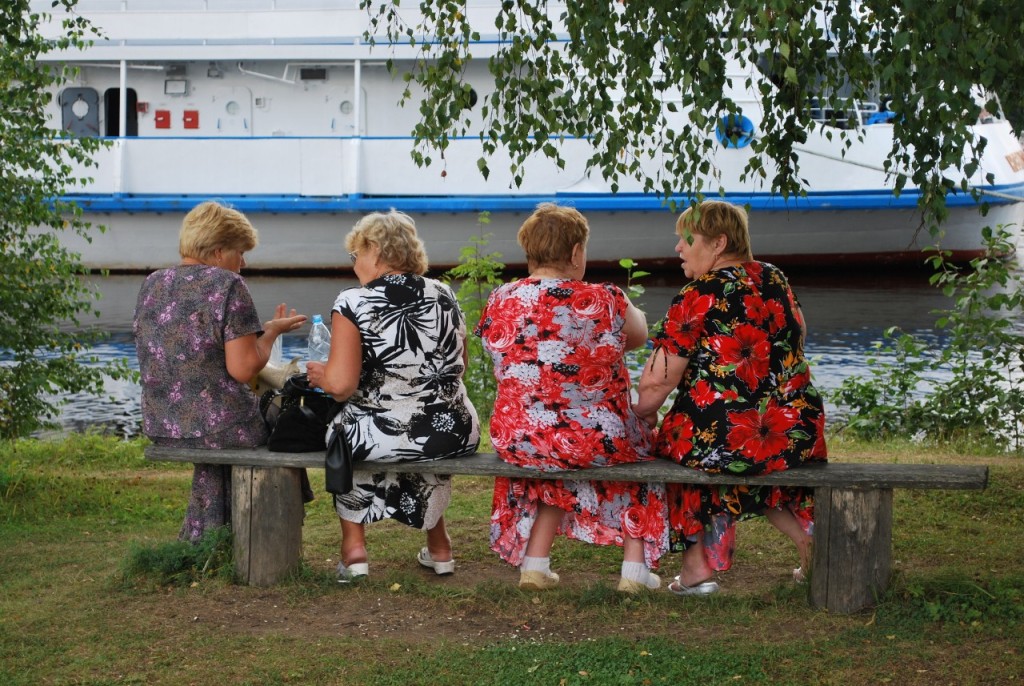
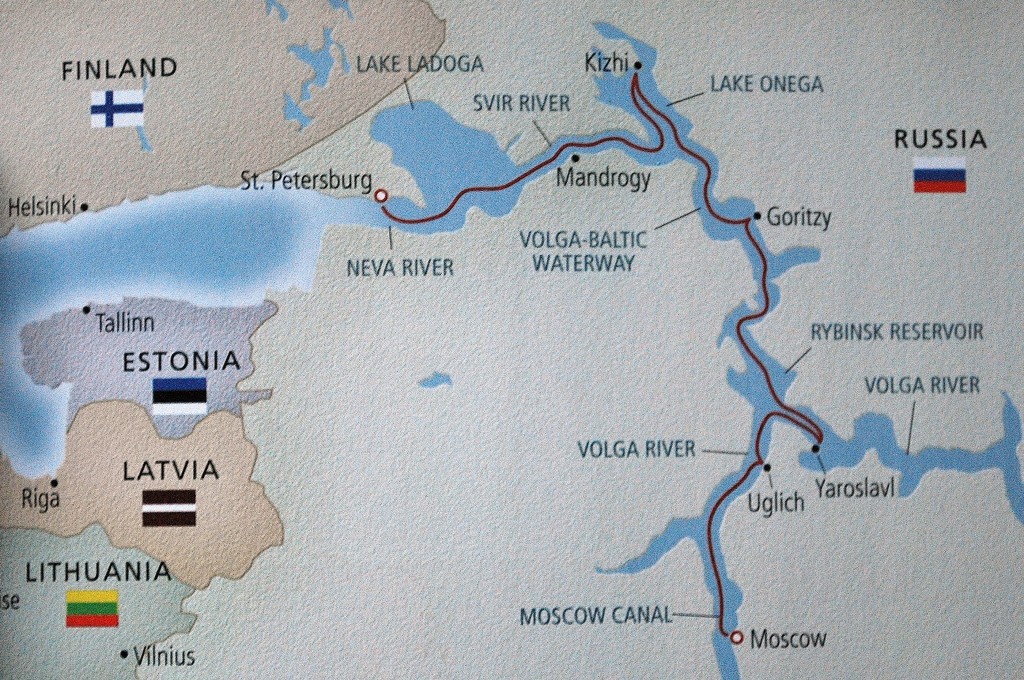
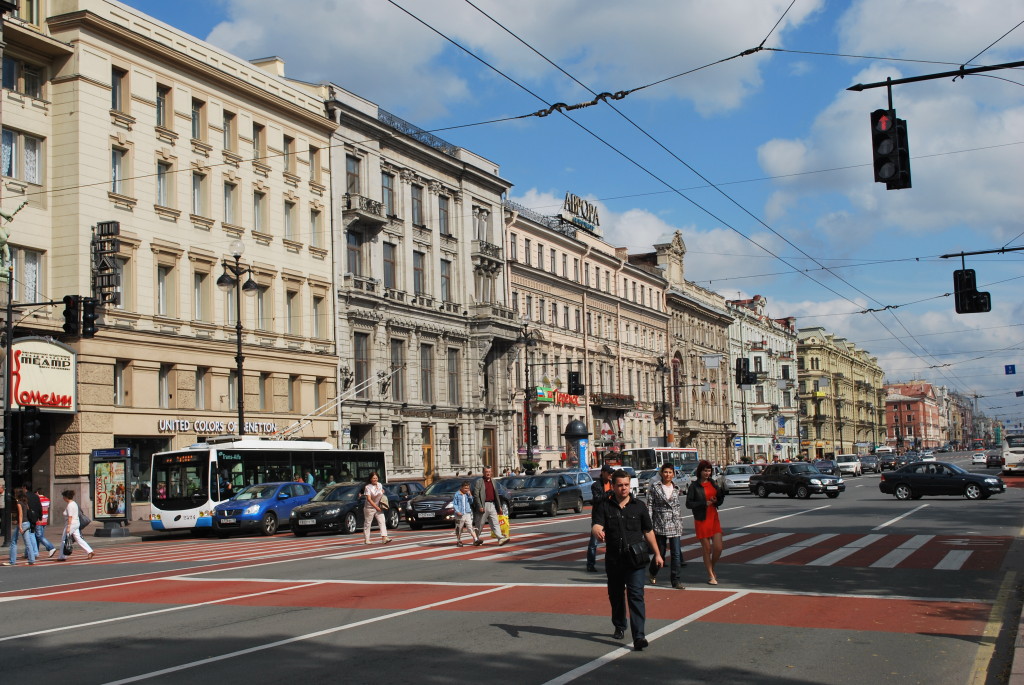


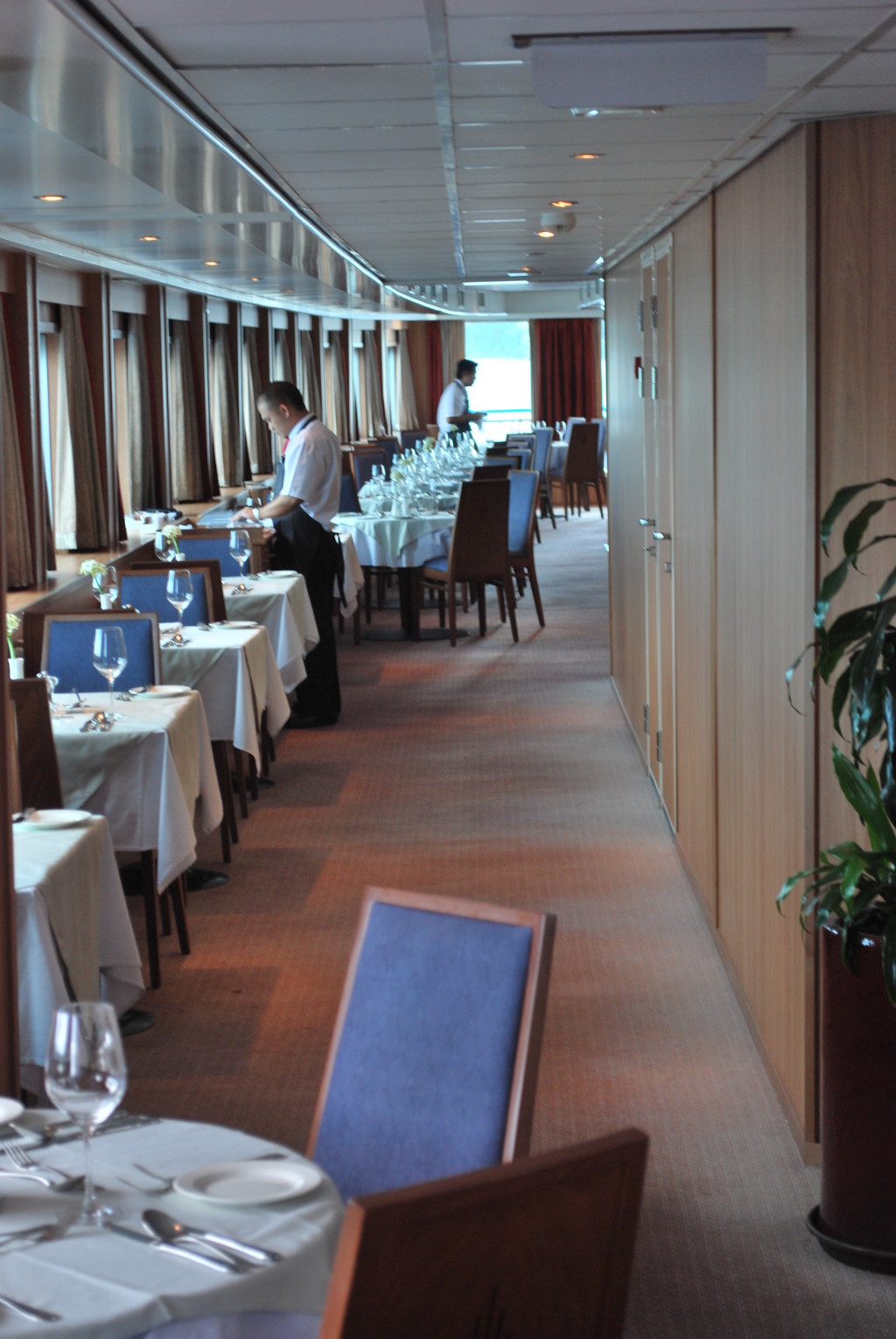
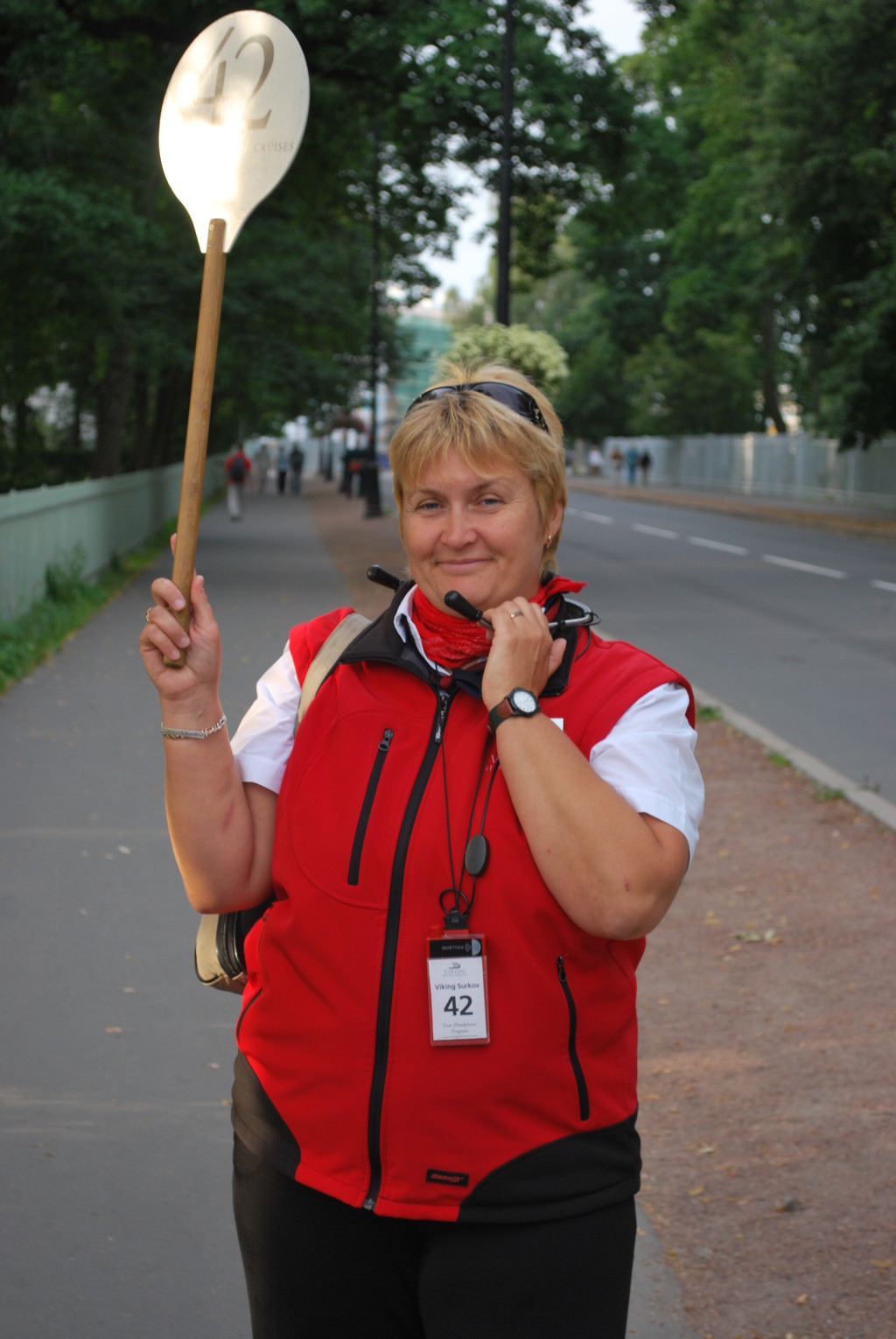
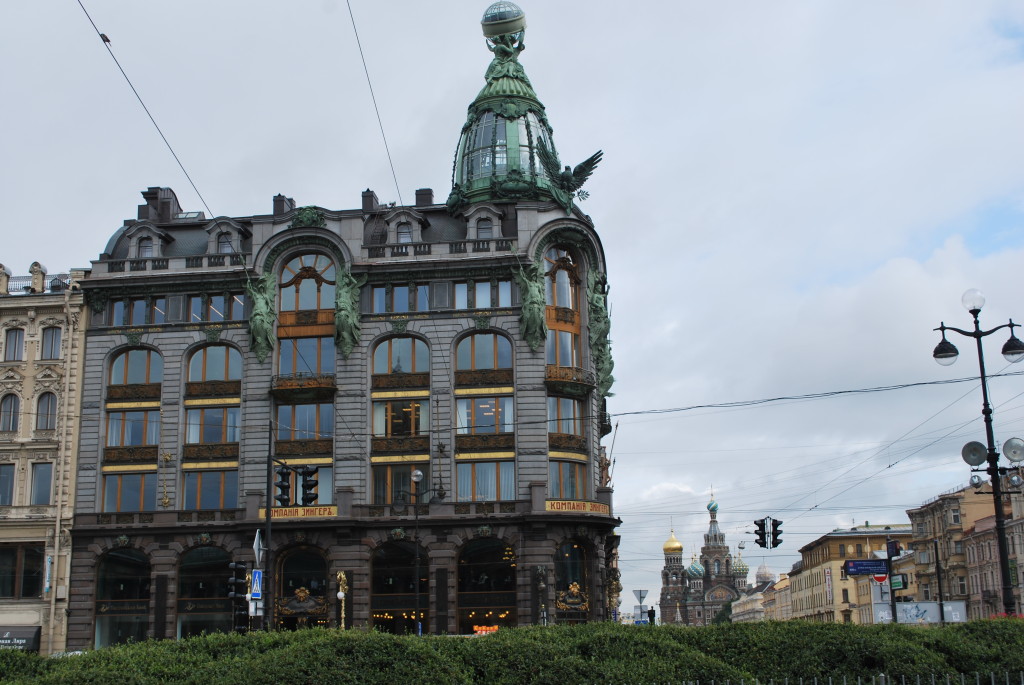
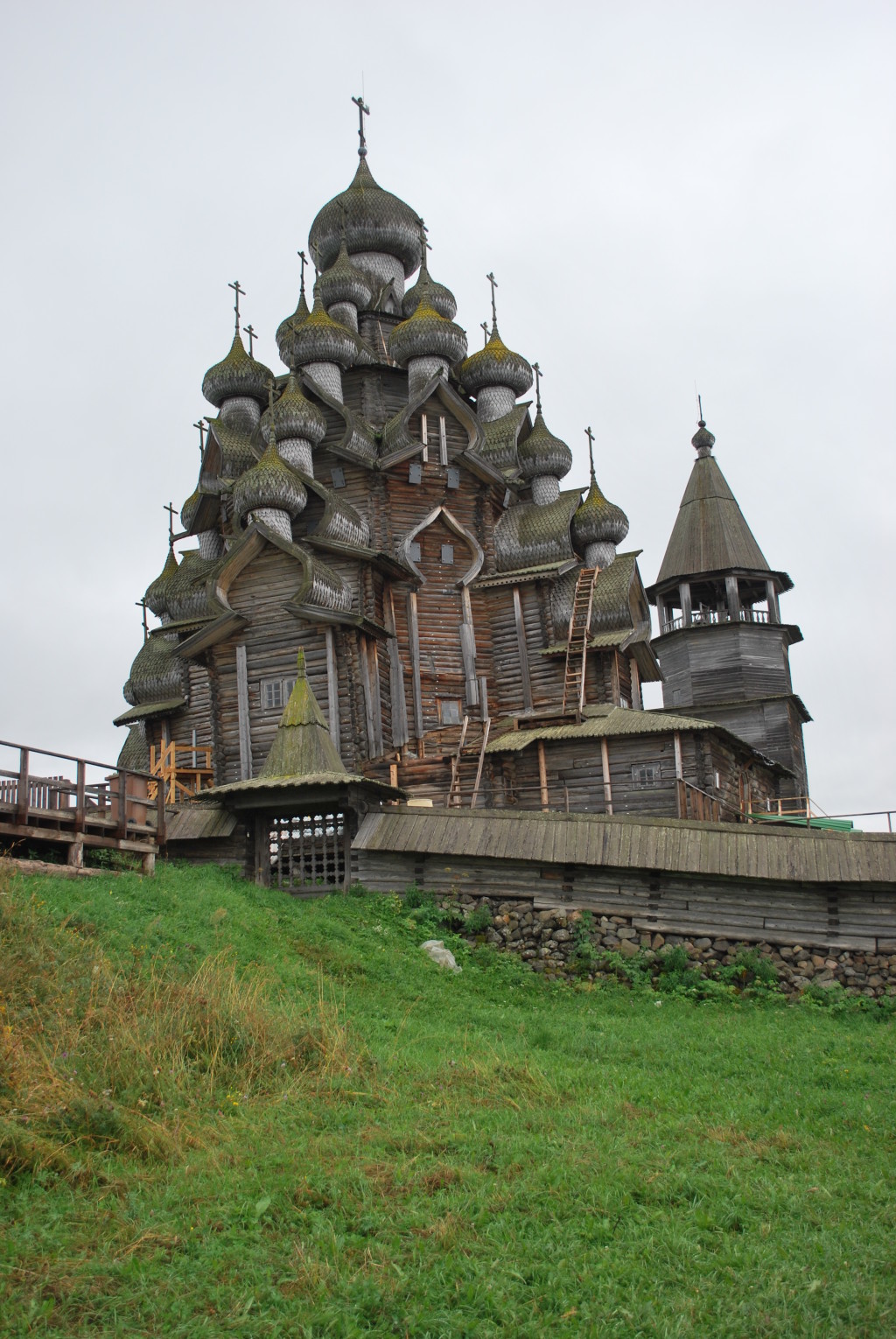
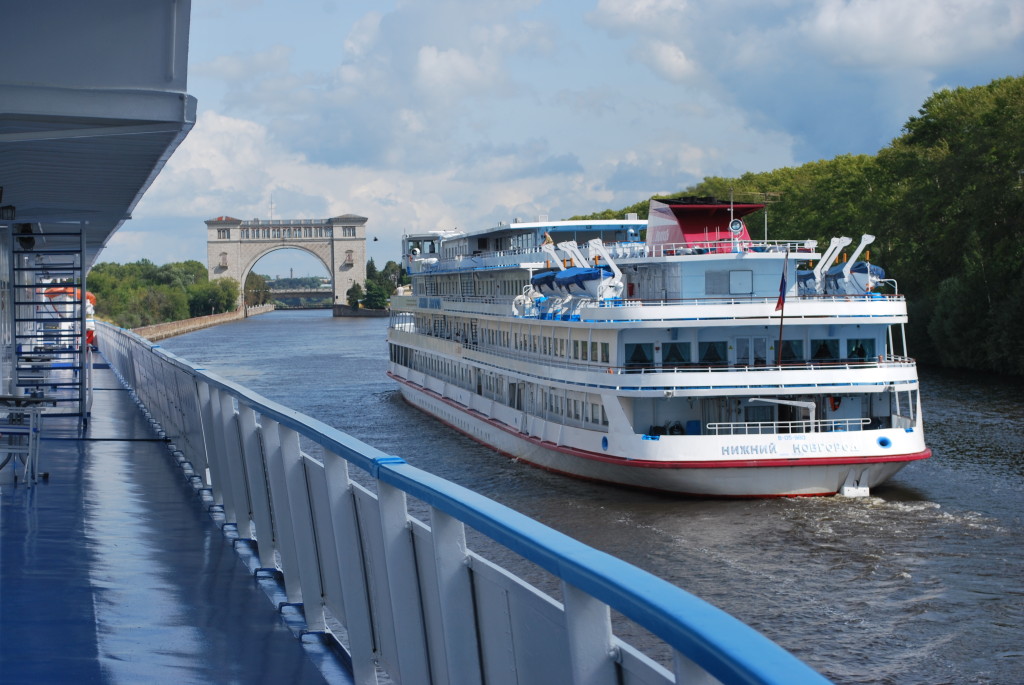


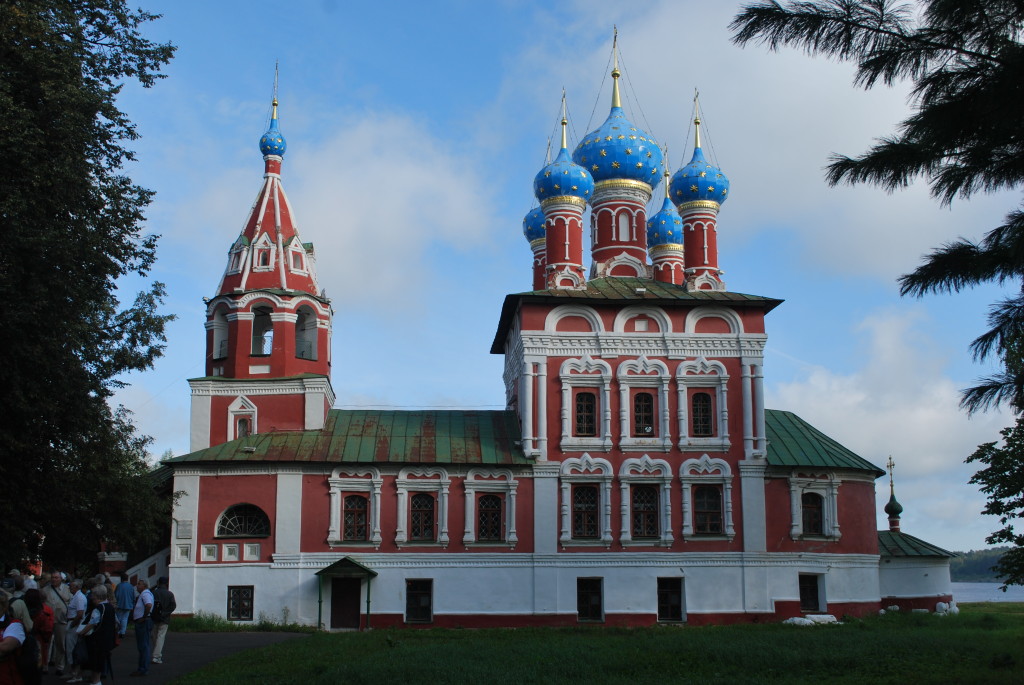
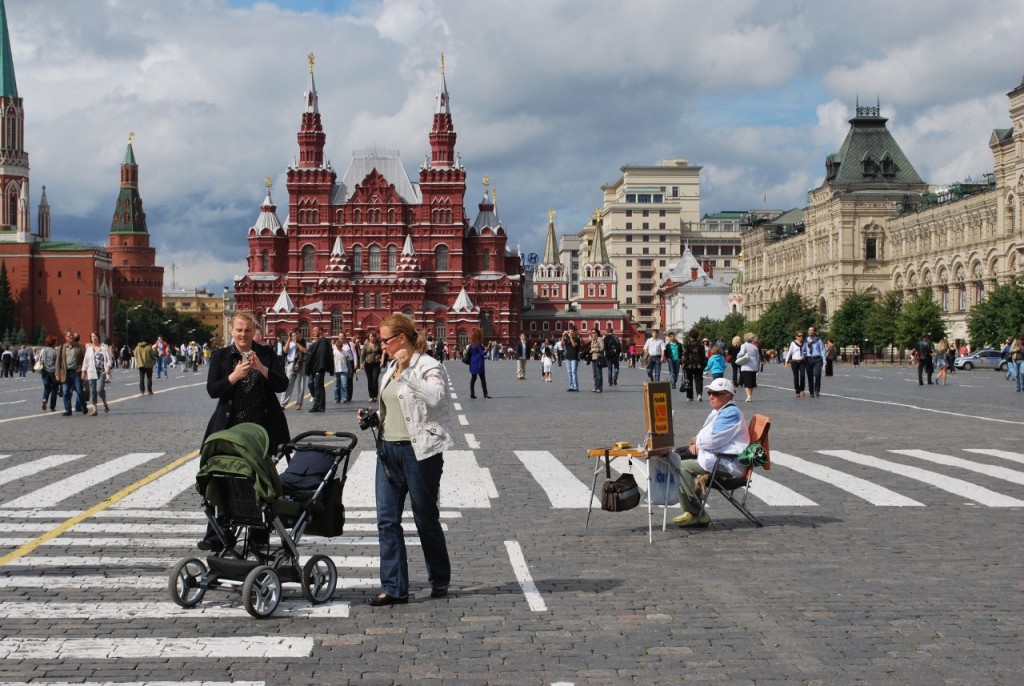


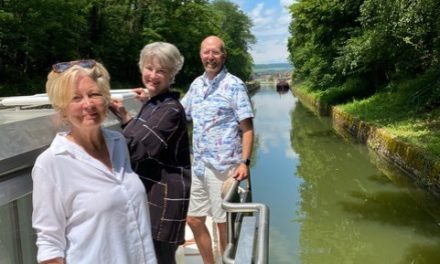
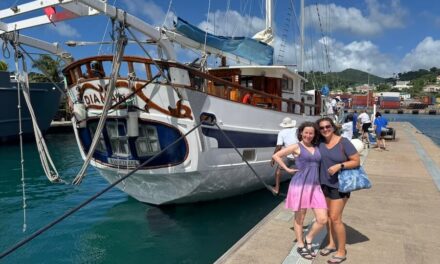
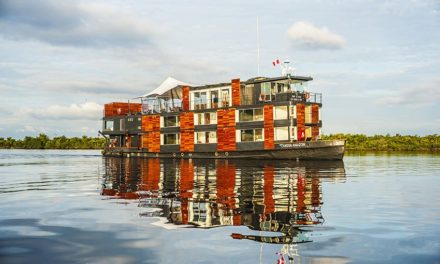








 HEIDI SARNA
HEIDI SARNA










